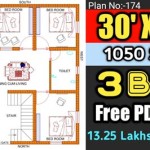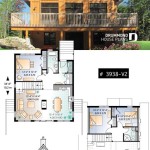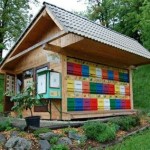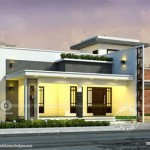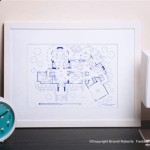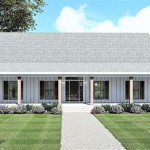Essential Aspects of Pod House Plans Design
Pod house plans are becoming increasingly popular as people seek alternative and eco-friendly housing solutions. These compact and efficient dwellings offer numerous advantages, making them an ideal choice for individuals looking to downsize, minimize their environmental footprint, or create unique living spaces. Understanding the essential aspects of pod house plans design is crucial for designing a functional and aesthetically pleasing home.
1. Size and Layout
The size and layout of a pod house plan is a primary consideration. Pod houses typically range in size from 300 to 600 square feet, but can be customized to meet specific needs. The layout should maximize space utilization and create a comfortable living environment. Open floor plans with multi-functional areas are common in pod house designs.
2. Materials and Construction
Pod houses can be constructed using various materials, including wood, steel, concrete, and recycled materials. The choice of materials depends on factors such as durability, cost, and environmental impact. Insulated panels or pre-fabricated modules are often used to ensure energy efficiency and structural stability.
3. Energy Efficiency
Energy efficiency is paramount in pod house plans design. Incorporating features like high-performance windows, efficient appliances, and solar panels can significantly reduce energy consumption. Passive solar design principles can be employed to harness natural light and heat.
4. Ventilation and Natural Light
Proper ventilation and natural light are essential for creating healthy and comfortable interiors. Pod house plans should include ample windows, skylights, or cross-ventilation systems to ensure good air quality and reduce the need for artificial lighting.
5. Multi-Functionality
Multi-functional spaces are a key feature of pod house plans. By designing areas that can serve multiple purposes, such as convertible living/sleeping areas or storage-integrated furniture, the space can be used more efficiently and maximize functionality.
6. Outdoor Connections
Connecting the indoors with the outdoors enhances the living experience in pod houses. Incorporating decks, patios, or large windows that extend the living space outside fosters a seamless transition between the interior and exterior.
7. Sustainability
Pod house plans should consider sustainability throughout the design process. Using recycled or renewable materials, installing energy-efficient systems, and designing for longevity all contribute to creating an environmentally conscious and sustainable home.
Conclusion
Pod house plans design requires careful consideration of size, layout, materials, energy efficiency, ventilation, multi-functionality, outdoor connections, and sustainability. By understanding these essential aspects, you can design a pod house that meets your unique needs while offering the benefits of compact living, efficiency, and eco-friendliness.

Modular Pods Natural Building Blog

Customisable Pod House Design Ideas Pictures 208 Sqm Homestyler

Small House Design 94 210 Granny Pod 73 7 M2 Or 793 Sq Feet 2 Bedrooms Bathroom Flat Concept Plans For

A Riverside Pod Home In Michigan Gets New Look

Pod Houses House Hexagon Straw Bale

Mod Pod House Design Ideas Pictures 486 Sqm Homestyler

Barrel Glamping Pod Tiny House Plans Design

Modern Style House Plan 3 Beds Baths 2272 Sq Ft 497 56 Floorplans Com

Coolest Granny Pods And Tiny Modular Homes For Craft Mart

Granny Flat Plans Google Search Pods Floor Pod

